前言

當Linux內(nèi)核啟動時,它會從RTC中讀取時間與日期,作為基準值。然后通過軟件來維護系統(tǒng)時間和日期。Linux系統(tǒng)中提供了RTC核心層,對于驅(qū)動開發(fā)者而言,操作起來就變得很簡單了。我們來看看整體框架。
驅(qū)動框架

下面是整體框架圖 :
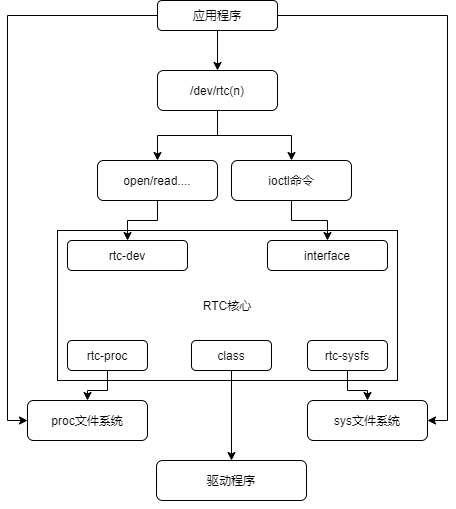
與RTC核心有關(guān)的文件有:
| 文件 | 描述 |
|---|---|
| /drivers/rtc/class.c | 這個文件向linux設備模型核心注冊了一個類RTC,然后向驅(qū)動程序提供了注冊/注銷接口 |
| /drivers/rtc/rtc-dev.c | 這個文件定義了基本的設備文件操作函數(shù),如:open,read等 |
| /drivers/rtc/interface.c | 這個文件主要提供了用戶程序與RTC驅(qū)動的接口函數(shù),用戶程序一般通過ioctl與RTC驅(qū)動交互,這里定義了每個ioctl命令需要調(diào)用的函數(shù) |
| /drivers/rtc/rtc-sysfs.c | 與sysfs有關(guān) |
| /drivers/rtc/rtc-proc.c | 與proc文件系統(tǒng)有關(guān) |
| /include/linux/rtc.h | 定義了與RTC有關(guān)的數(shù)據(jù)結(jié)構(gòu) |
重要結(jié)構(gòu)體

- rtc_device
//RTC設備
struct rtc_device {
struct device dev;
struct module *owner;
int id;
const struct rtc_class_ops *ops; //rtc操作函數(shù)
struct mutex ops_lock;
struct cdev char_dev;
unsigned long flags;
unsigned long irq_data;
spinlock_t irq_lock;
wait_queue_head_t irq_queue;
struct fasync_struct *async_queue;
int irq_freq;
int max_user_freq;
struct timerqueue_head timerqueue;
struct rtc_timer aie_timer;
struct rtc_timer uie_rtctimer;
struct hrtimer pie_timer; /* sub second exp, so needs hrtimer */
int pie_enabled;
struct work_struct irqwork;
/* Some hardware can't support UIE mode */
int uie_unsupported;
long set_offset_nsec;
bool registered;
struct nvmem_device *nvmem;
/* Old ABI support */
bool nvram_old_abi;
struct bin_attribute *nvram;
time64_t range_min;
timeu64_t range_max;
time64_t start_secs;
time64_t offset_secs;
bool set_start_time;
#ifdef CONFIG_RTC_INTF_DEV_UIE_EMUL
struct work_struct uie_task;
struct timer_list uie_timer;
/* Those fields are protected by rtc->irq_lock */
unsigned int oldsecs;
unsigned int uie_irq_active:1;
unsigned int stop_uie_polling:1;
unsigned int uie_task_active:1;
unsigned int uie_timer_active:1;
#endif
};
上面的結(jié)構(gòu)體表示一個RTC設備,比較簡單,主要就是中斷信息,字符設備對象,操作函數(shù)等。
- rtc_class_ops
//RTC操作函數(shù)
struct rtc_class_ops {
int (*ioctl)(struct device *, unsigned int, unsigned long);
int (*read_time)(struct device *, struct rtc_time *);
int (*set_time)(struct device *, struct rtc_time *);
int (*read_alarm)(struct device *, struct rtc_wkalrm *);
int (*set_alarm)(struct device *, struct rtc_wkalrm *);
int (*proc)(struct device *, struct seq_file *);
int (*set_mmss64)(struct device *, time64_t secs);
int (*set_mmss)(struct device *, unsigned long secs);
int (*read_callback)(struct device *, int data);
int (*alarm_irq_enable)(struct device *, unsigned int enabled);
int (*read_offset)(struct device *, long *offset);
int (*set_offset)(struct device *, long offset);
};
就是一些設置時間和讀取時間,以及鬧鐘等接口函數(shù)。
- rtc_time
//時間結(jié)構(gòu)體
struct rtc_time {
int tm_sec;
int tm_min;
int tm_hour;
int tm_mday;
int tm_mon;
int tm_year;
int tm_wday;
int tm_yday;
int tm_isdst;
};
API函數(shù)

// 注冊RTC class
static struct rtc_device *rtc_device_register(const char *name,
struct device *dev,
const struct rtc_class_ops *ops,
struct module *owner)
struct rtc_device *devm_rtc_device_register(struct device *dev,
const char *name,
const struct rtc_class_ops *ops,
struct module *owner)
//注銷RTC
static void rtc_device_unregister(struct rtc_device *rtc)
void devm_rtc_device_unregister(struct device *dev, struct rtc_device *rtc)
總結(jié)

RTC也是字符設備驅(qū)動,只是進行了封裝,封裝完之后我們調(diào)用起來其實就很簡單了。只要實現(xiàn)好接口函數(shù),填充好結(jié)構(gòu)體,然后進行注冊即可。
-
Linux
+關(guān)注
關(guān)注
87文章
11229瀏覽量
208927 -
RTC
+關(guān)注
關(guān)注
2文章
528瀏覽量
66309 -
驅(qū)動開發(fā)
+關(guān)注
關(guān)注
0文章
130瀏覽量
12062
發(fā)布評論請先 登錄
相關(guān)推薦
Linux平臺設備框架驅(qū)動
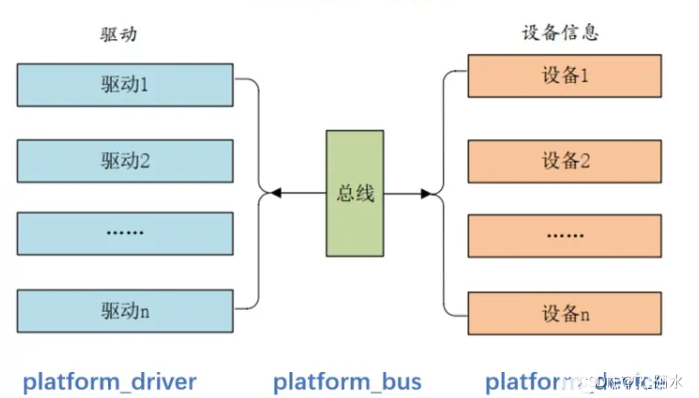
Linux之PWM驅(qū)動
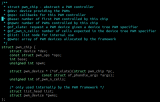
Linux下基于I2C協(xié)議的RTC驅(qū)動開發(fā)

想要駕馭Linux驅(qū)動開發(fā),必須深刻理解Linux總線設備驅(qū)動框架
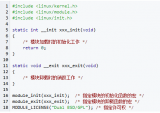
Linux RTC驅(qū)動模型分析之rtc-sysfs.c
你了解linux RTC 驅(qū)動模型?
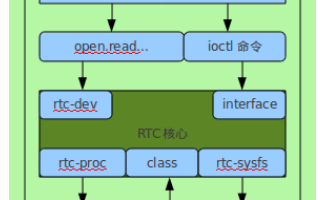
你對Linux總線設備驅(qū)動框架是否了解
如何使用Linux內(nèi)核實現(xiàn)USB驅(qū)動程序框架
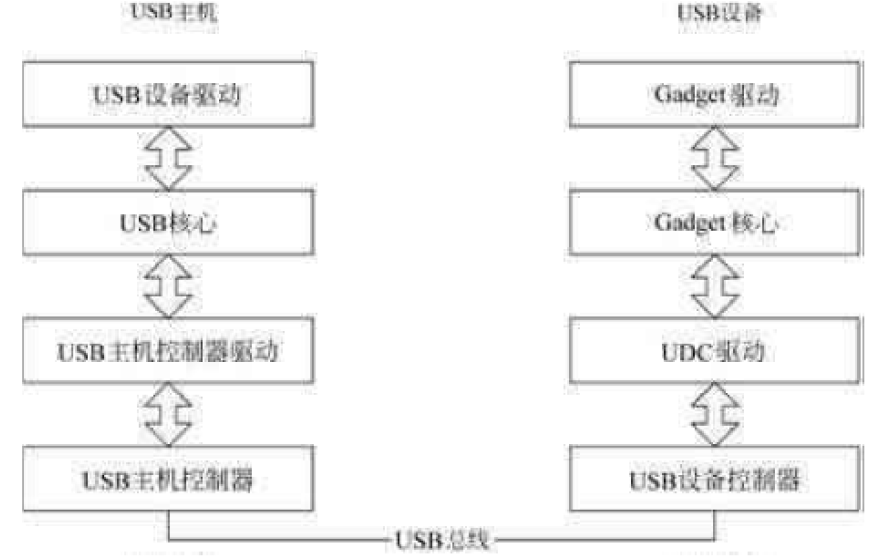
淺析Linux RTC實時時鐘
Linux Regmap 驅(qū)動框架
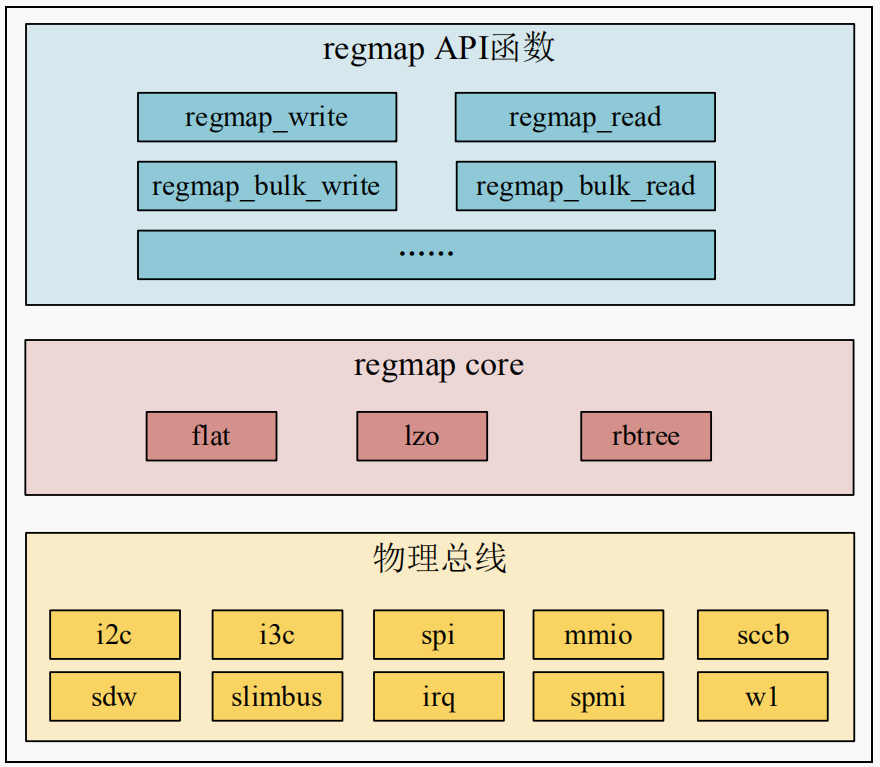




 Linux驅(qū)動分析之RTC框架
Linux驅(qū)動分析之RTC框架
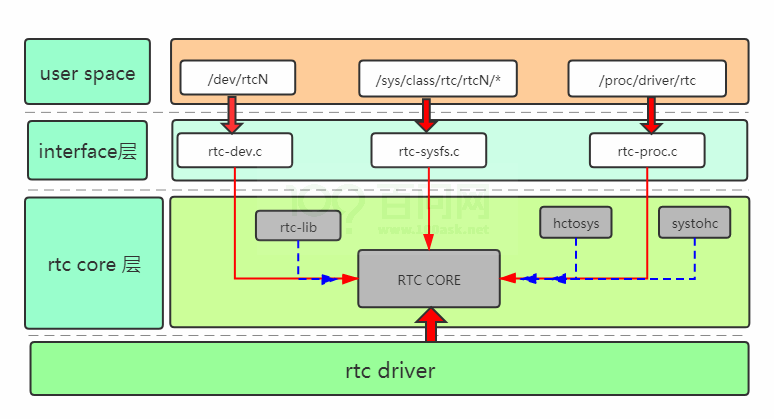

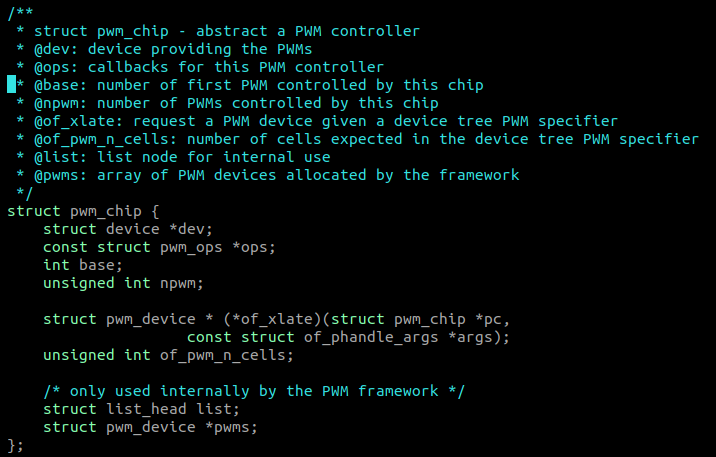










評論